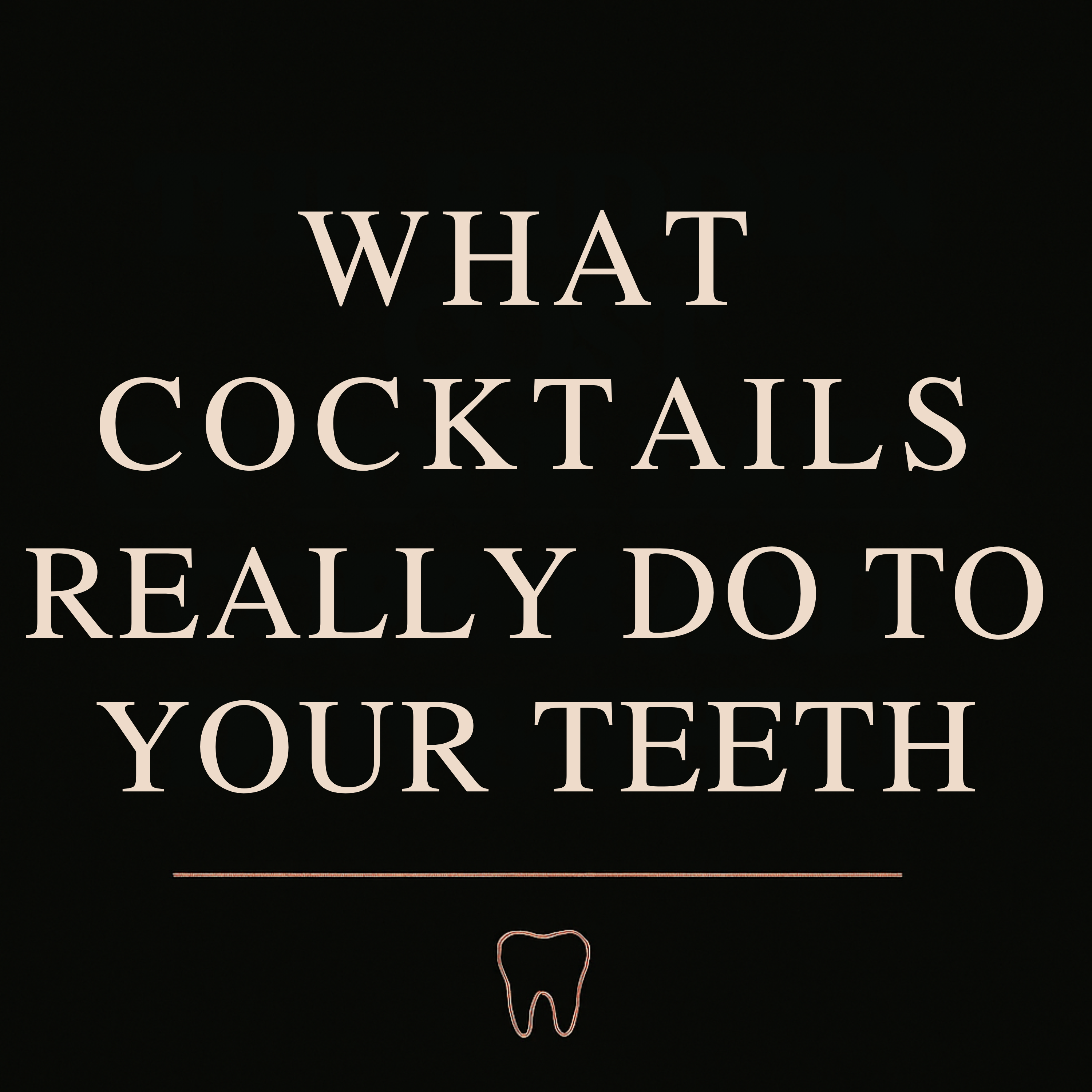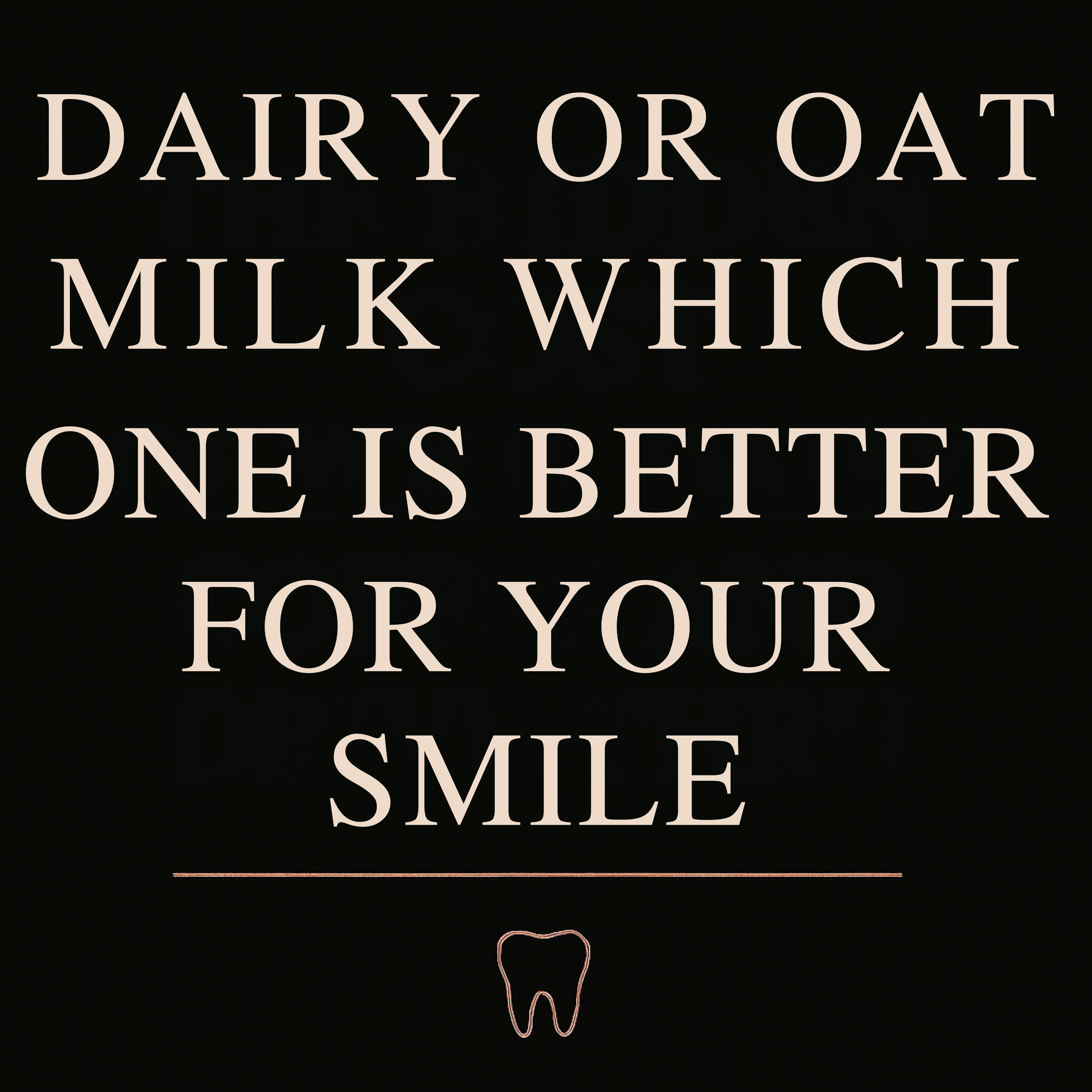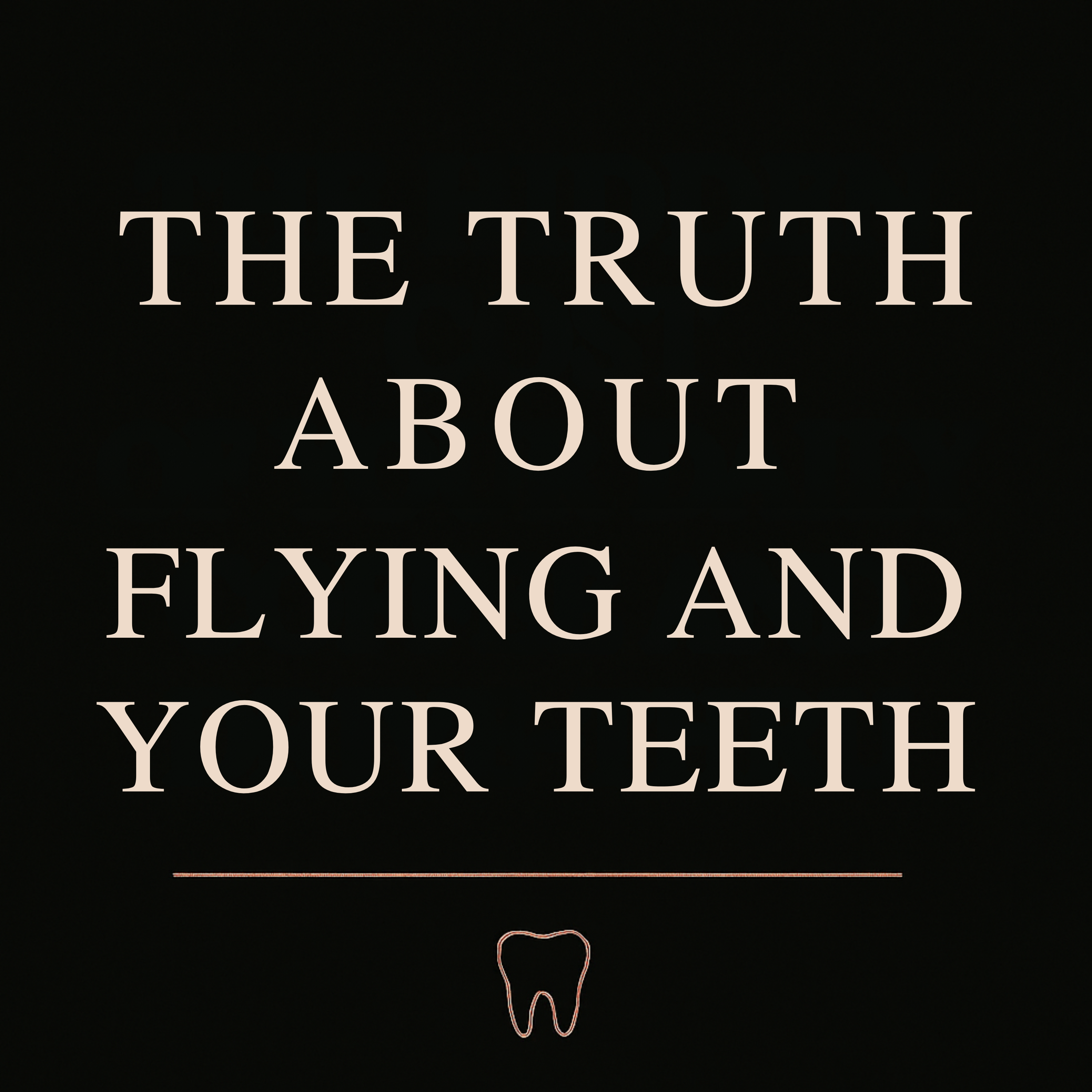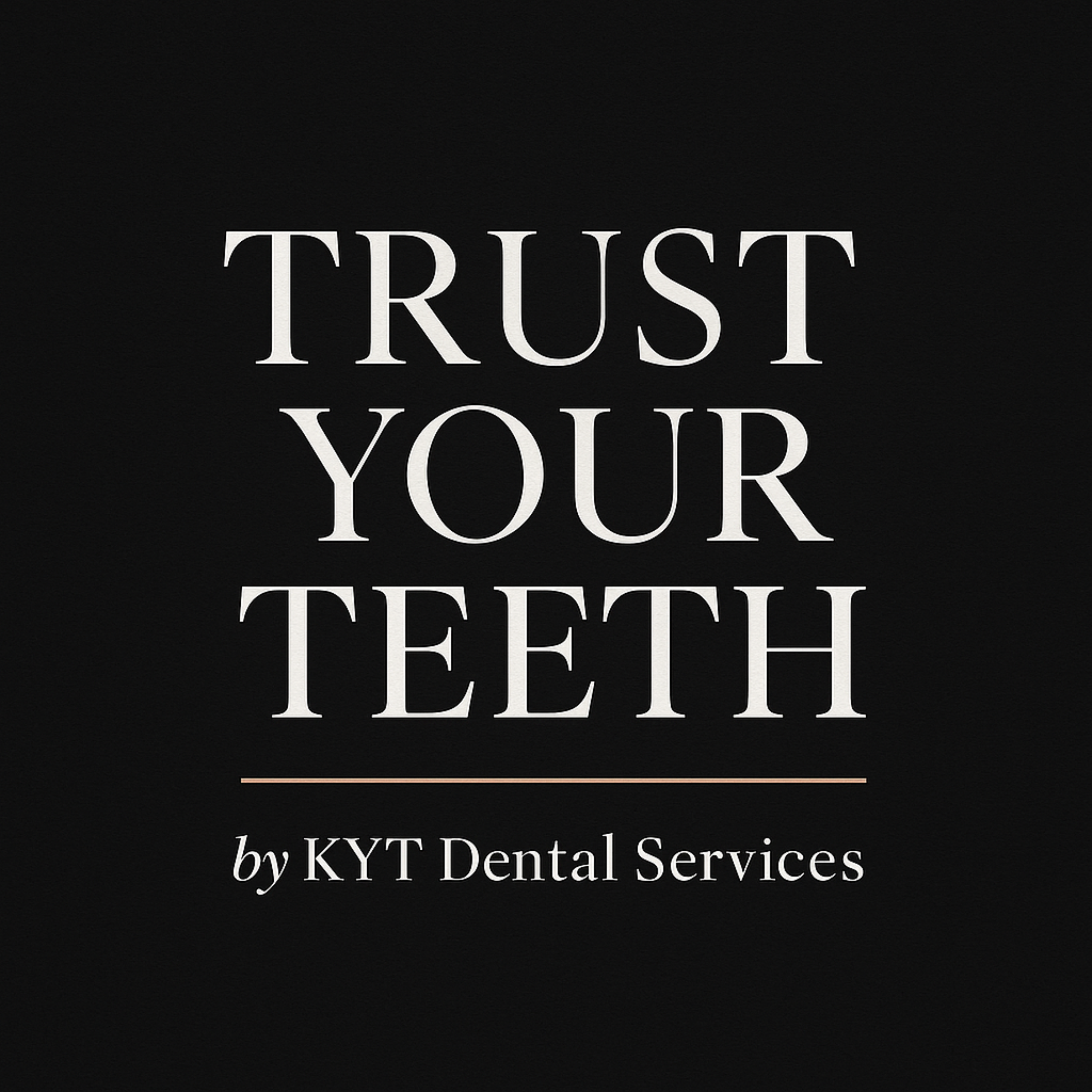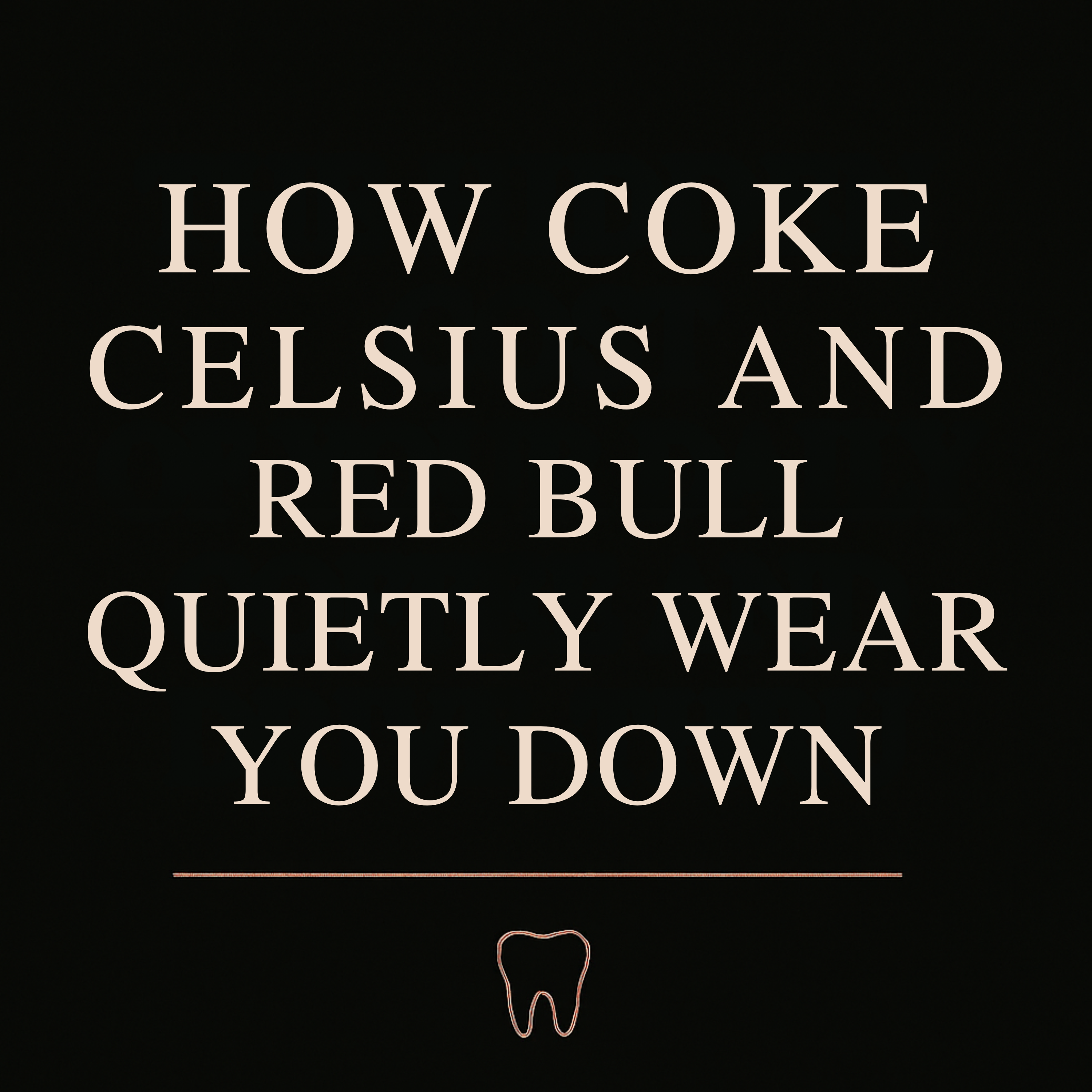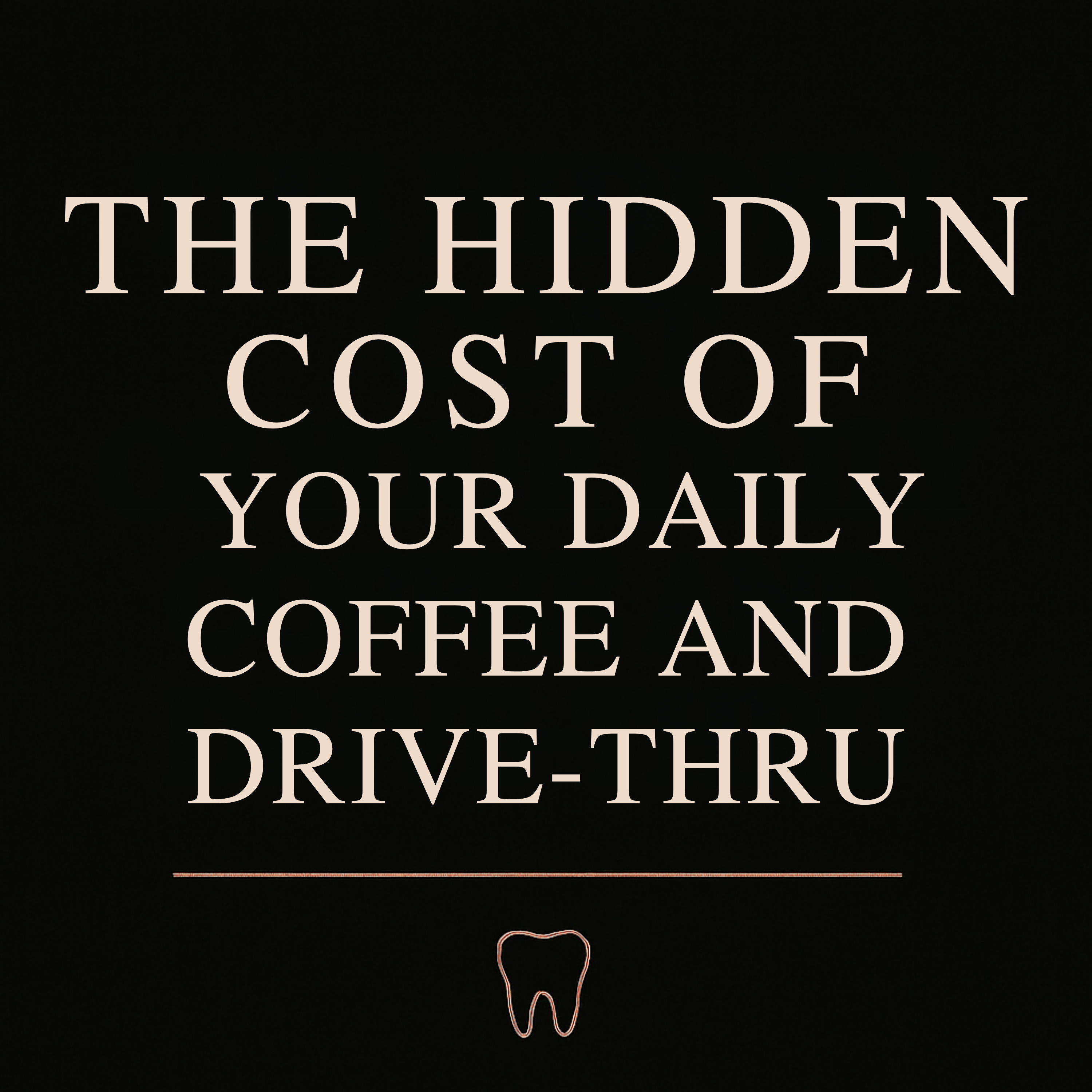Episode Transcript
It’s Friday night. You’re out with friends or celebrating a milestone. A mojito feels refreshing, a margarita feels fun, and a spritzer feels lighter than a heavy beer. With fruit garnishes, sparkling mixers, and clear liquors, cocktails seem like a cleaner alternative.
But here’s the part most people don’t realize: the very mixers and flavorings that make cocktails crave-worthy—fruit juices, syrups, sodas, and carbonation—quietly wear down your teeth. The damage doesn’t hurt right away. Instead, it builds slowly until you notice sensitivity, stains, or cavities.
Let’s start with sugar. From rum and Coke to syrup-filled martinis, mixers are often packed with it. That sugar coats your teeth, feeds bacteria, and fuels acid long after the drink is gone. A standard margarita can contain 24 to 30 grams of sugar—nearly as much as a dessert. The result? Hidden enamel erosion, faster cavity formation, and plaque buildup that irritates gums.
Next, the citrus and carbonation. Lemon, lime, orange juice, tonic water, and sparkling sodas add zest to cocktails—but they also bring acid. Combine that with alcohol, and enamel softens within minutes. A vodka soda with lime may seem light, but its acidity rivals that of sports drinks—enough to quietly weaken enamel and make stains stick faster.
And finally, alcohol itself. Beyond the buzz, alcohol dries out your mouth by reducing saliva flow. Without enough saliva, acids and sugars linger longer on your teeth. That means weaker natural defenses, faster-forming cavities, and even lingering bad breath after the night is over.
So what’s the smarter move? You don’t have to skip cocktails entirely—you just need to be strategic.
First, think about mixers. Choose soda water or sparkling mineral water instead of tonic or cola. Ask bartenders for “light” or “half-syrup” versions of cocktails. And don’t forget fresh herbs—mint, basil, or cucumber can add flavor without sugar or acid.
Second, consider citrus alternatives. Limit citrus-heavy drinks like margaritas to occasional treats. Try cucumber or berry infusions instead of lemon or lime wedges. And always rinse with water afterward to wash away acid.
Third, balance with hydration. Alternate every cocktail with a glass of water. Use a straw to reduce acid contact with teeth. And finish your night by brushing with fluoride toothpaste—after waiting at least 30 minutes, so you’re not scrubbing softened enamel.
Because here’s the truth: cocktails don’t feel dangerous in the moment. But over time, sugar, acid, and alcohol quietly erode enamel, fuel cavities, and dull your smile. With a few small swaps—lighter mixers, water rinses, and fluoride care—you can still toast, celebrate, and unwind, without compromising your teeth.
At KYT Dental Services, we see this often. Patients are surprised to learn that their “lighter” cocktail habit was quietly damaging their enamel. That’s why our approach goes beyond fixing damage. We anticipate it—protecting enamel from erosion, whitening stains, and reinforcing teeth before small cracks or cavities appear.
Because even a celebratory toast should lift your spirits—not wear down your smile.
Thanks for listening to Trust Your Teeth. If you found today’s episode helpful, follow the show and share it with someone who loves their happy-hour cocktails.
Until next time—sip smarter, smile stronger.
